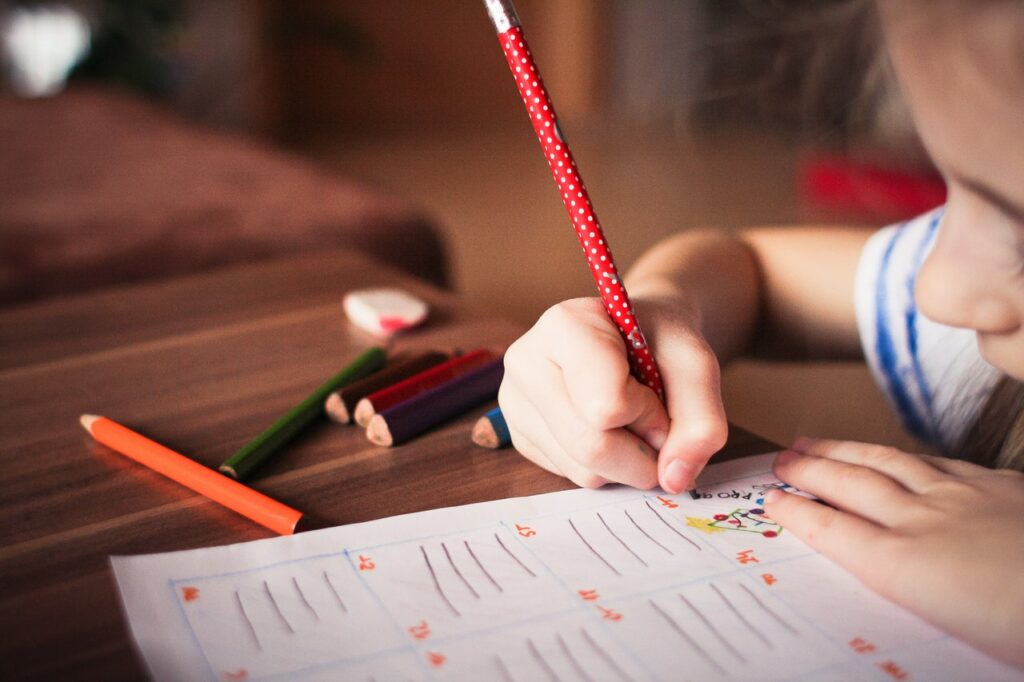Dynamic changes in the 21st century calls for dynamic change in our approach to teaching and learning. Integrating problem and project based learning into our education systems, both higher and lower, will be key to developing sustainable programs that lead to social change. We have developed an approach that is designed to promote forward thinking, change based approach for student’s life and education. Going through the problem based outline will result in a higher level of learning and development of internal traits to shape how they approach the future.
As a teacher, you can approach this as a full classroom exercise, smaller student groups, or as an extracurricular club. The program’s timeline can also be adjusted to fit your specific needs.
Step 1: Discussion
Engage students in a conversation both with you and each other. Start a discussion about what challenges they currently face: in their families, communities or a problem they see in the world around them. As a class, or seperated in smaller groups, choose a problem that everyone relates to in some way.
Step 2: Reason for Decision
After deciding on a challenge, examine the reasoning for said challenge. Ask questions like why is this happening? Are there any parties especially affected? Are there any parties that are specifically responsible? The goal is not to point fingers, but to gain a deeper understand the problem.
Step 3: Research
Now ask students to research the problem: get them using online resources to dive deeper into the problem, for a better understanding of the challenge. Depending on the level of your classroom, this could be a simple Google Search, or a more in depth peer-reviewed journal search. It is also encouraged, if possible, to conduct first hand research by asking the affected population questions to better understand the challenge. Talking to the affected population can offer a special insight not always understood from traditional research. After the research session, come back together and discuss key points, other problems that were found, and highlight important data and/or information.
Step 4: Ask the Question
Next is to ask a driving question: (how might we….). This is a brainstorming session, encourage students to think about multiple solutions both related to the specific problems, or fixes to similar solutions. Writing these on a board, using post it notes and visual cues creates an interactive activity that can be useful for kinesthetic and visual learners. Again, ensuring there is a discussion going around is key.
Step 5: Solution Research
Students should go back to their computers, tablets, phones, and do some research into the solutions they came up with. That can also find out from the affected population what they currently do to negate the problem. They may find similar or existing solutions and innovations to related challenges. Reinforce that this is okay and to not get discouraged, let this acts as an inspiration period (if someone’s already thought of my solution, that means it’s a good one!).
Step 6: Rough Solution
Using a combination of brainstormed and existing solutions, develop a rough plan to approach the problem. This could be drawings, 3D models, or a more concrete plan of action. If there’s more than one solution at this point, that’s okay, one size doesn’t fit all when it comes to social change and tackling a big problem.
Step 7: Prototype & Outreach
Next is to create a legitimate prototype. If your solution is a physical object it can be made with materials found around students homes or school. You can also encourage students to reach out for other resources such as a local 3D printing company and ask for their help. This may entail crafting an e-mail, making a phone call, making a brochure, poster, ect. The possibilities are endless. The point is to make a real world effort to solve a real world problem.
Collaboration with outside of school resources, working in a group, and working on a problem that matters to them, is much more inspiring to students than traditional lessons. Problem based learning has been a proven method to support the underlying skills of active learning, critical thinking and self-assessment. These are all traits we hope students develop through our education process in order to make them successful contributing members of society. By using this simple outline, you can develop your students more in even one day than a traditional class would. The times are changing and education must change with it.

